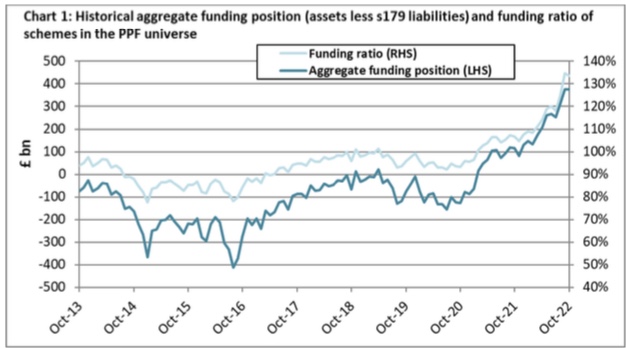Trends in State and Local Pension Funds
By Oliver Giesecke & Joshua Rauh Unfunded public pension obligations represent the largest liability for state and local governments in the United States. As of fiscal year 2021, the total reported unfunded liabilities of these plans are $1.076 trillion. In contrast, the market value of the unfunded liability is approximately $6.501 trillion. As a result, the reported funding ratio of 82.5% falls to 43.8% under a market-based valuation. The market values reflect the fact that accrued pension promises are a...










